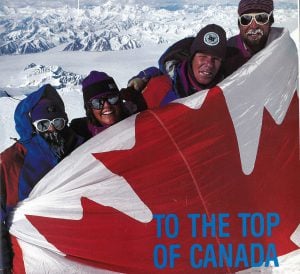
Science & Tech
20 Canadian innovations you should know about
Celebrating Canadian Innovation Week 2023 by spotlighting the people and organizations designing a better future
- 3327 words
- 14 minutes
This article is over 5 years old and may contain outdated information.
Science & Tech

Antarctica was in the news recently when new data revealed that on Aug. 20, 2010, the temperature dropped to a whopping -93.2 C, the lowest recorded temperature in the world. In comparison to a temperature like that, Canada’s Arctic Coast seems like a day at the beach!
In honour of icy weather, here are a few fun facts about the cold.
Iqaluit, -25.2 C
Yellowknife, -23.4 C
Winnipeg, -14.3 C
Whitehorse, -13.4 C
Regina, -12.9 C
Edmonton, -11 C
Fredericton, -7.7 C
Charlottetown, -6.1 C
Toronto, -4.1 C
St. John’s, -3.6 C
Halifax, -3.3 C
Victoria, 4.6 C
Are you passionate about Canadian geography?
You can support Canadian Geographic in 3 ways:

Science & Tech
Celebrating Canadian Innovation Week 2023 by spotlighting the people and organizations designing a better future

Wildlife
Canada jays thrive in the cold. The life’s work of one biologist gives us clues as to how they’ll fare in a hotter world.

Travel
The trail started with a vision to link Canada coast to coast to coast. Now fully connected, it’s charting an ambitious course for the future.

Exploration
In 1992, a team backed by The Royal Canadian Geographical Society became the first to accurately measure the height of Mount Logan, Canada’s highest peak